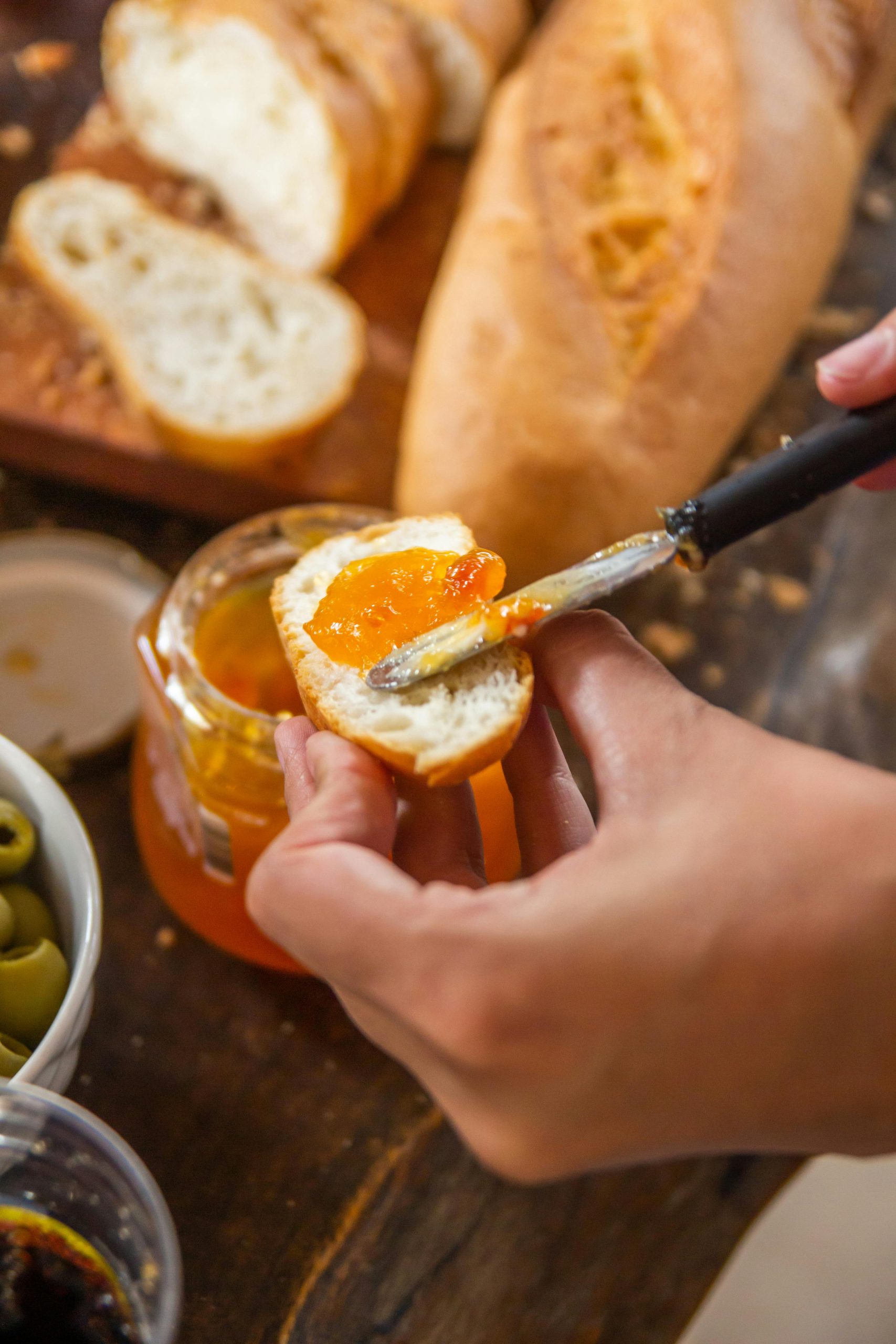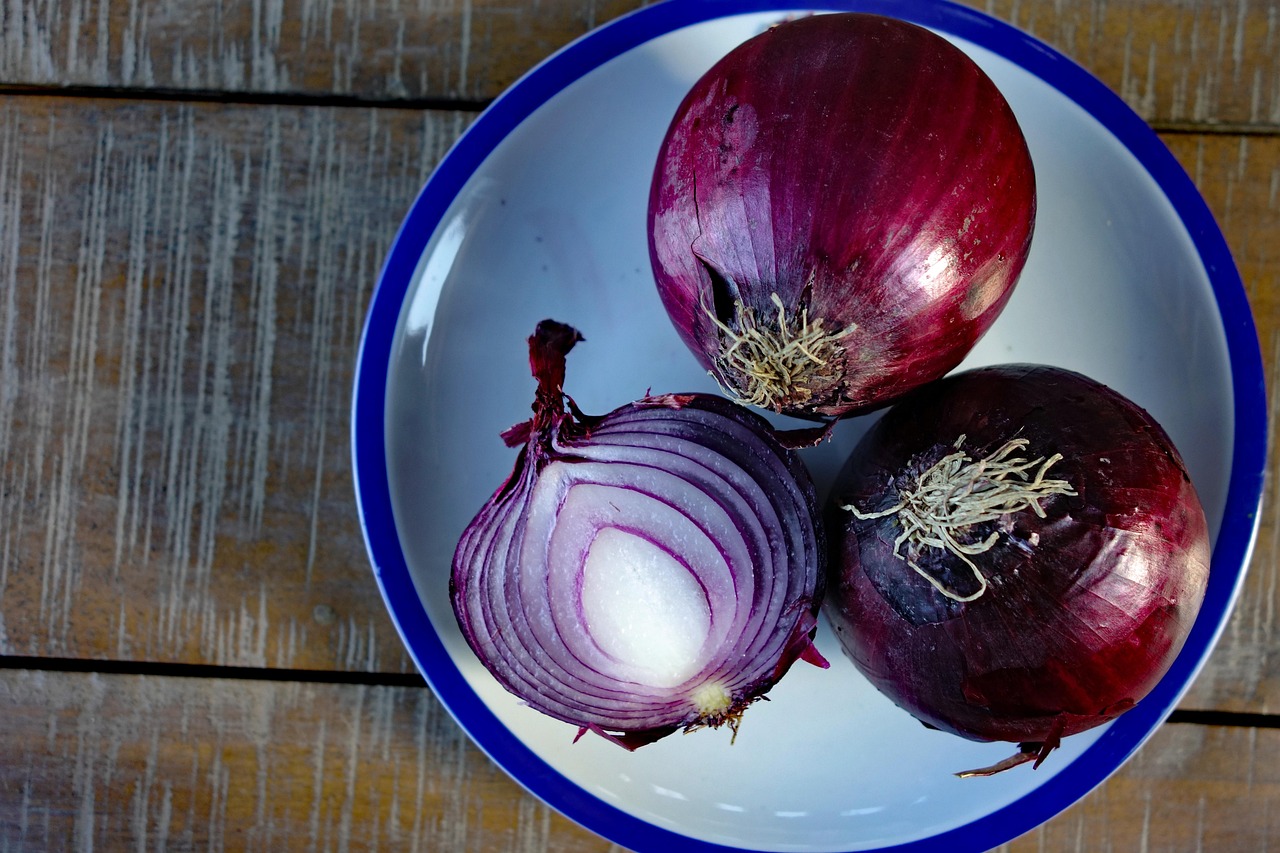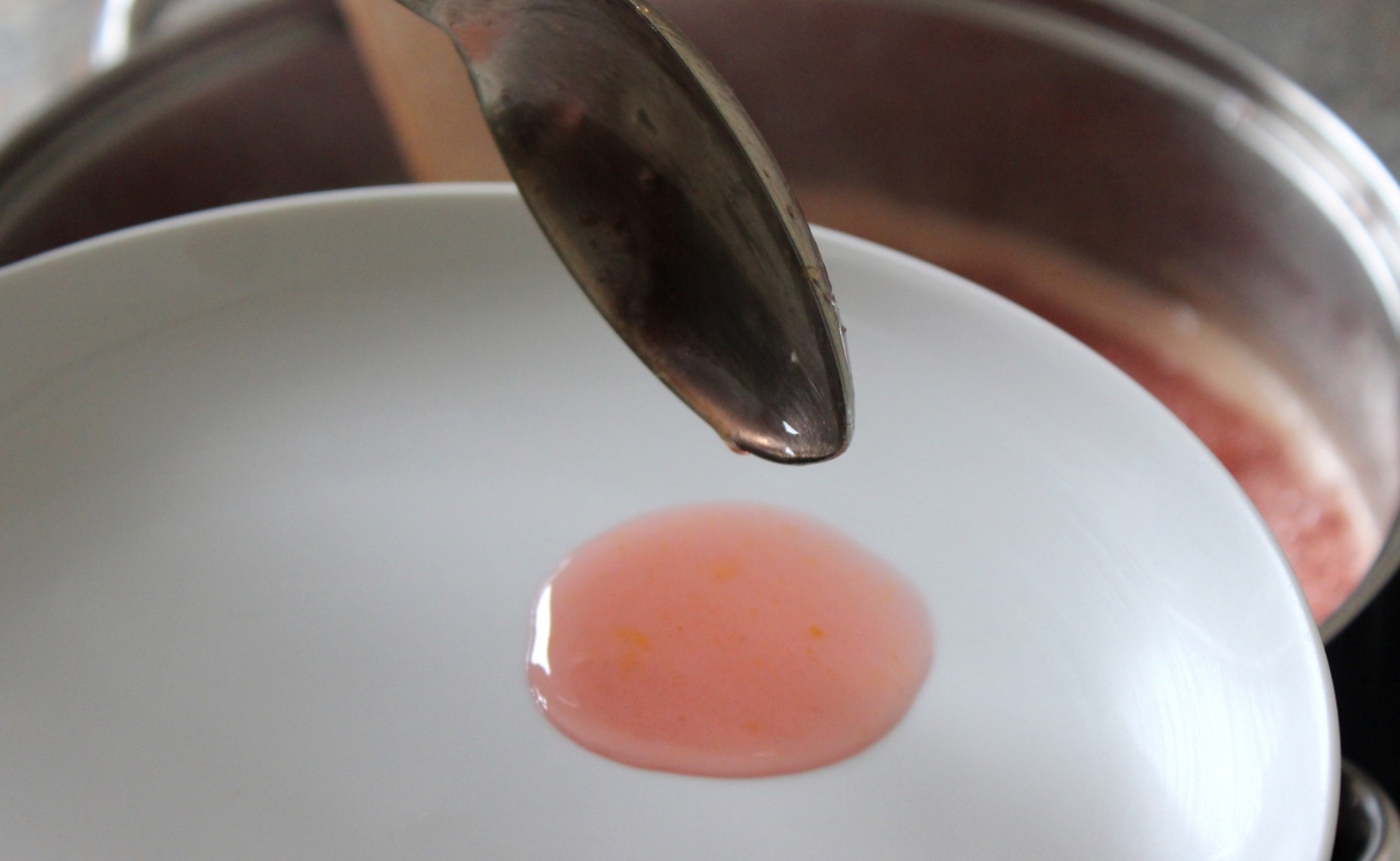A golden, sun-kissed jar of summer you can enjoy all year long
There’s something magical about homemade apricot jam. It’s the kind of preserve that brings back memories of warm summer days, sticky fingers, and the sweet smell of bubbling fruit on the stovetop. This is a recipe straight from Grandma’s old handwritten cookbook — simple, honest, and delicious.
Whether you’re new to jam-making or keeping a family tradition alive, this old-fashioned apricot jam recipe is easy to follow and yields jars of sunshine you’ll want to spread on everything.
🛒 Ingredients for Homemade Apricot Jam
- 1 kg (2.2 lbs) organic ripe apricots (fresh and juicy is best)
- 800 g (4 cups) sugar
- 2 tbsp lemon juice
- Optional: ½ tsp vanilla extract or a few apricot kernels for added depth
👉 No pectin needed! Apricots are naturally high in pectin, making this jam set beautifully with just fruit, sugar, and lemon.
🥣 Step-by-Step Instructions
Step 1: Prepare the Fruit
Wash your apricots, halve them, and remove the pits. Roughly chop the apricots into chunks. If you like a smoother jam, chop finely or pulse in a food processor — but Grandma always left them a little rustic.
Step 2: Macerate the Apricots
In a large non-reactive bowl or pot, combine the chopped apricots, sugar, and lemon juice. Stir gently and let them sit for 1–2 hours (or overnight in the fridge) to draw out the juices.
Step 3: Sterilize Your Jars
Before cooking the jam, sterilize your jars.
Best jars to use: Ball Mason jars (250ml or 500ml) for easy sealing, or classic Weck tulip jars for a beautiful, vintage feel.
- Wash jars and lids in hot soapy water
- Place in boiling water or heat in the oven at 120°C (250°F) for 10 minutes
- Let air dry while you make the jam
Step 4: Cook the Jam
Pour the fruit mixture into a heavy-bottomed pot. Bring to a boil over medium-high heat, stirring often. Reduce heat and simmer for 30–40 minutes, stirring regularly and skimming off any foam.
You’ll know the jam is ready when:
- It thickens noticeably
- A spoonful on a chilled plate wrinkles when pushed with your finger (the “wrinkle test”)
Step 5: Jar and Seal
Carefully ladle the hot jam into sterilized jars, leaving about ½ cm (¼ inch) headspace. Wipe rims clean, seal with lids or Weck clips, and let cool at room temperature.
If you’re not water-bath canning, store in the fridge once cooled.
🫙 Best Preserving Jars for Apricot Jam
For long-lasting, pantry-safe storage:
- Ball Mason Jars (250ml or 500ml): Reliable, airtight, and great for small-batch jams.
- Weck Jars (Tulip or Mold shape): Beautiful on open shelves, perfect for gifting.
Both options are BPA-free, reusable, and ideal for water bath canning.
🍞 What to Use Apricot Jam For
Homemade apricot jam is incredibly versatile! Here are a few of Grandma’s favourite ways to enjoy it:
- Slathered on hot buttered toast or scones
- Swirled into Greek yoghurt or porridge
- Used as a filling for thumbprint cookies or sponge cakes
- Glazed over roast pork or chicken (yep — sweet and savoury heaven)
- Layered in jam tarts or linzer cookies
- Paired with brie or camembert on a cheese board
- Stirred into cocktails or iced tea for a fruity kick
❤️ My Thoughts
This old-fashioned apricot jam recipe captures the essence of summer in every spoonful. It’s simple, honest, and tastes like it came from Grandma’s pantry — because it did.
So roll up your sleeves, grab a bag of ripe apricots, and start preserving those golden days. One jar at a time.


